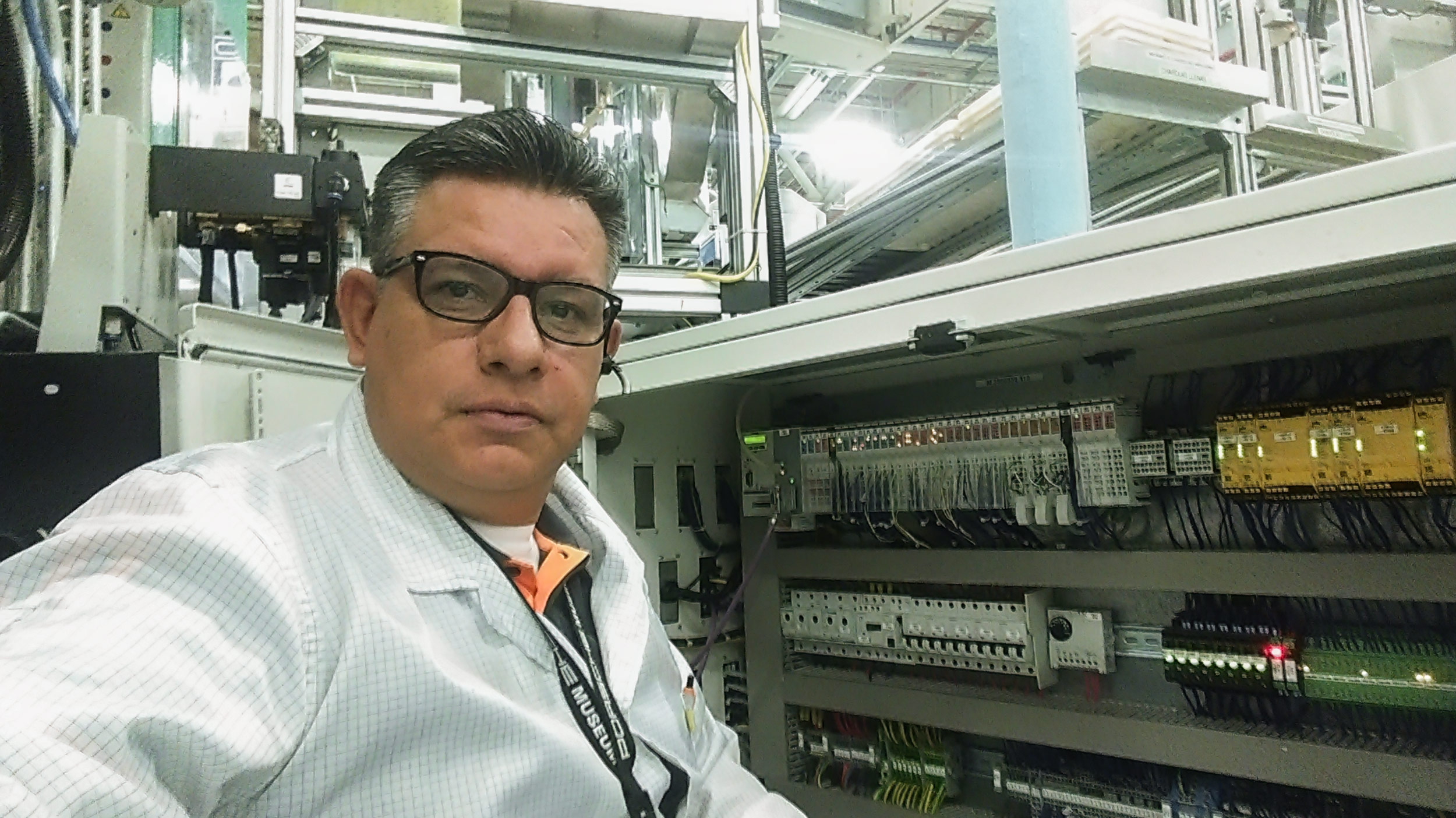While the integration of AI in plastic injection molding has brought about remarkable advancements, it is crucial to recognize that with great power comes great responsibility. As industries harness the potential of AI to optimize manufacturing processes, it is equally important to acknowledge and address the potential dangers associated with its implementation.
1.Safety Risks
AI-controlled machinery and robots can malfunction, leading to accidents and injuries. If not properly designed and maintained, AI systems may pose safety risks to workers. It’s important to have safety standards and proper training in place to minimize these risks.
2. Lack of Transparency
Some AI algorithms, particularly deep learning models, are opaque in their decision-making process. This lack of transparency can make it difficult to understand how AI systems arrive at their conclusions, potentially leading to distrust among workers and stakeholders.
3. Overreliance on AI
While these systems can significantly enhance efficiency and quality, blind trust without human oversight can be problematic. Overreliance may lead to complacency, reducing the human role in critical decision-making processes and potentially overlooking nuanced issues that AI algorithms might not capture.
4. Data Security and Privacy Concerns
The implementation of AI in plastic injection molding involves the collection and analysis of vast amounts of data. This data, often sensitive and proprietary, raises concerns about security and privacy. Unauthorized access or breaches in data security could lead to intellectual property theft, compromising the competitive edge of manufacturing businesses. It’s important to understand the data security in place before implementing new technologies.
5. Job Displacement
As AI systems automate certain aspects of the plastic injection molding process, there is a risk of job displacement for workers involved in routine and manual tasks. Manufacturers must carefully navigate the ethical implications of automation, including considerations for retraining and upskilling displaced workers to ensure a fair and just transition.
6. Garbage In, Garbage Out
At the heart of AI lies data—the fuel that powers algorithms, trains models, and drives insights. In the realm of AI, the old adage “garbage in, garbage out” holds particularly true. The quality of data directly impacts the performance, reliability, and effectiveness of AI systems. High-quality, relevant, and well-organized data enables AI algorithms to learn patterns, make predictions, and generate valuable insights with accuracy and precision. But without good data, AI systems may produce unreliable results, leading to flawed decisions and suboptimal outcomes. It’s vital to be confident in the data that’s being entered into the system and how it is gathered. For example, in injection molding process control, the most accurate data comes from cavity pressure sensors.
Conclusion
AI can be a very powerful tool to help streamline processes, bridge the skills gap, reduce machine downtime, increase production, raise revenue, and so much more. But there are some risks that come along with trusting too much to technology. It’s important to understand them and mitigate them to ensure your AI experience is as positive and lucrative as possible.



